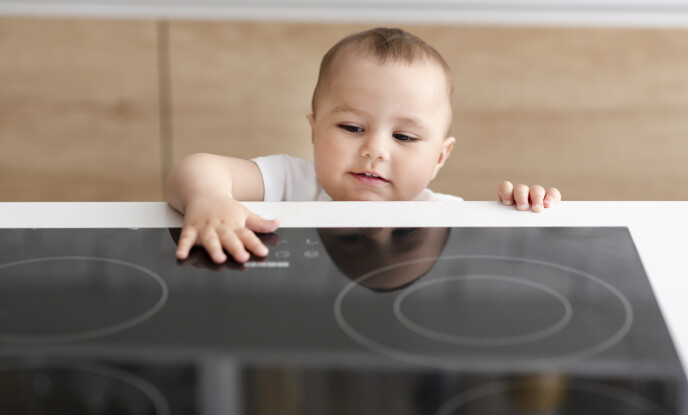There are three main causes of burns among children in New Zealand:
- hot drinks (tea, coffee, soups), foods and oils
- hot water (showers, baths and sinks, and hot jugs or kettles)
- household and heating appliances.
Preventing burns
Preventing burns is the best way to keep your tamariki safe. Below are some tips to minimise the risk of burns in your home:
In the kitchen
- keep hot beverages, or foods, like soups and noodles, out of reach of your child
- avoid holding or feeding your baby when you are drinking tea or coffee
- keep cords of kettles out of your child’s reach
- cook at the back of the stove first
- turn pot handles in, so they are less likely to spill
- if you are cooking and must leave the room for any reason, turn the stove off first.
In the bathroom
- always watch young kids in the bath or shower, or when they wash their hands
- start with cold water then add hotter water to your child’s bath
- if you are using a bath tub, run the cold tap to finish so that the tap fitting isn't hot to touch.
In the bedroom
- avoid candles in the bedroom
- turn electric blankets off before going to bed.
Water temperature
- adjust the hot water temperature in your house (50-55 degrees Celsius is recommended), because a few degrees can make a big difference.
Other areas
- put matches and lighters out of reach of children and in a locked cupboard, if possible
- make sure all electrical outlets are working and safe
- always use a candle holder and put out all candles before leaving the room.
First Aid for burns
Call 111 for an ambulance if the area of the burn:
- is larger than half the child's arm
- is causing severe pain
- involves the eyes
- or has been caused by a chemical.
Mild burns can usually be treated at home, while severe burns require medical attention. If your child has a mild burn, follow the steps below:
- remove the source of heat – get your child away from whatever caused the burn (stove, candle, BBQ)
- immediately cool the burned area for at least 20 minutes
- you can use slow-running cool water, or any cool, clean liquid (like a soft drink or beer) if you don’t have access to cold water. Do not use ice.
- you can also submerge the burned area in a bucket of cool water, if that’s easier than pouring water over the burn
- position your child in a safe position
- apply a clean, non-adhesive (not sticky) dressing, or a clean piece of cling film.
Things to avoid
- Breaking blisters or removing peeling skin
- Removing clothing or fabric that is stuck to a burn
- Applying creams, ointments, lotions or butter to any burn injury – this can cause an infection and make the injury worse
- Putting young children or babies in a cold bath or shower for a full 20 minutes, as this can cause hypothermia. The aim is to cool the burn, not the child.
When to visit a health professional
- If the burn:
- is larger than a 20-cent coin
- Is deep and looks white, even if it's not painful
- is causing severe pain
- is still painful after you have given your child pain medication
- If you are concerned about them.
If you're not sure what to do, you can call PlunketLine 24/7 on 0800 933 922 to speak to a nurse.
Burns: Key facts
